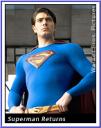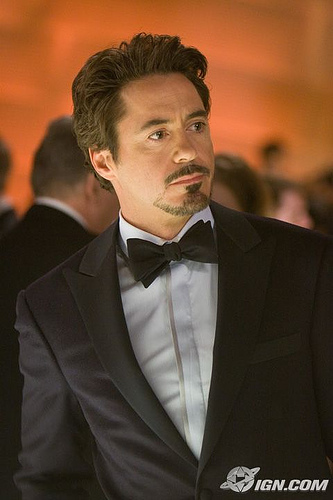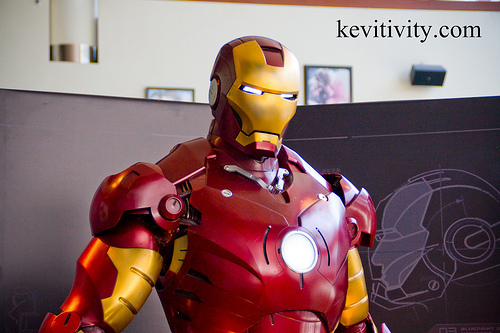What makes a hero? Courage, intelligence, cool thinking in hot situations? That’s typically what people think of as the raw material for a hero. But I’d like to offer an alternative opinion: What makes a hero is irrationality and madness. Being a hero involves taking an action that doesn’t make sense. If it made sense, it wouldn’t be heroic; it would be logical. Often, when the press interviews someone who’s done a brave thing, such as run into a burning building to save someone’s life, his or her comment afterwards is to the effect, “I acted without thinking.” When people jump into the water to save someone from drowning, they risk their own life. The mental calculus is a sure loss of one life vs. a possible loss of two lives. What is logical? Well, it depends on the likelihood of success. If there is a very high chance (Olympic swimmer to the rescue), then the action is logical and not heroic. If there is a low chance, then the action is heroic but very foolish and not rational. In other words: Crazy.
Who are the superheroes? The modern archetype is Superman or Batman. These heroes are larger than life. Superman was literally superhuman (or super-non-human, actually, as he was born on the doomed planet Krypton) and Batman was the son of rich doctor and became a millionaire industrialist. Consider Spider-man, skinny teenager bitten by a radioactive spider and somehow imbued with the power of a spider. A less well-known hero is Green Lantern, who was actually part of an interstellar police force organized by the Guardians of the Galaxy to patrol the universe. According to the origin story, an alien Green Lantern crashes on earth and sends his power ring on a mission to find a man without fear. Green Lantern’s power takes the form of a green ring that holds a tremendous reserve of green energy.
What do these superheroes have in common? They are all mentally disturbed.
Superman is actually Kal-El, a child is rocketed to earth by his parents just as his entire planet explodes. 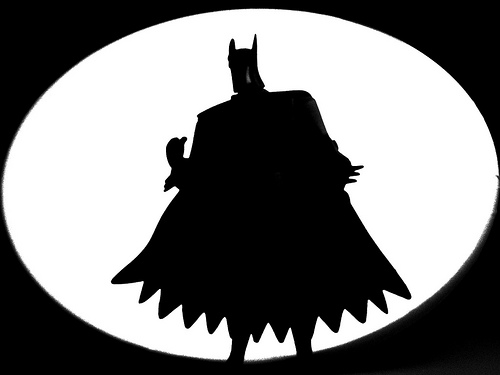 Kal-El becomes Clark Kent, who, in turn, becomes Superman. What is probably Clark’s sole motivation in life? To atone for surviving the death of his home planet. When he’s not saving the world, Kal-El/Clark/Superman delights in hiding behind these different identities and sets up a love-hate relationship with Lois
Kal-El becomes Clark Kent, who, in turn, becomes Superman. What is probably Clark’s sole motivation in life? To atone for surviving the death of his home planet. When he’s not saving the world, Kal-El/Clark/Superman delights in hiding behind these different identities and sets up a love-hate relationship with Lois
Lane.
Batman is, in reality, Bruce Wayne, who saw his parents murdered as a child. He explicitly devotes the rest of his life to fighting crime, to avenge the death of his parents. Dressed as a giant bat, no less!!!
Spider-man initially plans to turn his superpowers into a gravy train by appearing on the Ed Sullivan show as an acrobat. He is too self-focused to bother to stop a criminal who ultimately murders his Uncle Ben. When Spider-man realizes the cruel twist of fate, he devotes the remainder of his life to fighting criminals (“with great power comes great responsibility”).
As a man without fear, Green Lantern is probably clinically insane. Fear is a normal response to danger. Without fear, what is to stop Green Lantern from walking into a hail of bullets or jump into a lion’s cage? 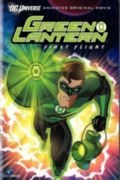 Without the fear of repercussions, what stops him from stealing money, or raping women? With the power ring, he would be unstoppable: An imposing force without a care in the world.
Without the fear of repercussions, what stops him from stealing money, or raping women? With the power ring, he would be unstoppable: An imposing force without a care in the world.
Generally, we think of a hero as a figure deserving of admiration. We assume that heroic behavior is motivated by a positive human emotion or noble characteristic. But in reality, people do what appear to be good deeds for self-aggrandizing reasons. Are sports figures heroes, or opportunistic individuals trying to make a buck by exploiting a skill they possess? Are police officers and fire fighters heroes or civil servants trying to make a living to pay on a mortgage? With a modern mass media system, everyone knows that a good deed can be spun into a series of appearances on talk shows and ultimately a book deal.
There is a thin line between hero and crazy person (Beggan, Gagne, & Allison, 2000). When we set up our children to admire heroes, what are we really teaching them? To self-aggrandize, to take careless risks, to disregard logic? Is that really what a hero does?
– – – – – – –
Jim Beggan was born in Buffalo, NY, spent five years in graduate school in Santa Barbara, and has lived in Louisville, Kentucky for over twenty years, where he is an associate professor of sociology at the University of Louisville. As a kid, he developed an interest in comic books, initially a fan of DC comics but eventually a fan of Marvel. He still remembers the glory days when Captain Marvel gained cosmic awareness and became at one with the universe. Currently, he teaches courses on human sexuality, statistics, and self and society. When he is not teaching or doing research on exercise videos, he does the Insanity workout videos, walks on a treadmill, and swing dances in the vintage style. At the moment, he is working on his balboa technique.
References
Beggan, J. K., Gagne, P., & Allison, S. T. (2000). An analysis of stereotype refutation in Playboy by an editorial voice: The advisor hypothesis. Journal of Men’s Studies, 9, 1-21.
